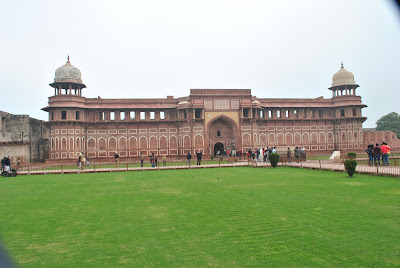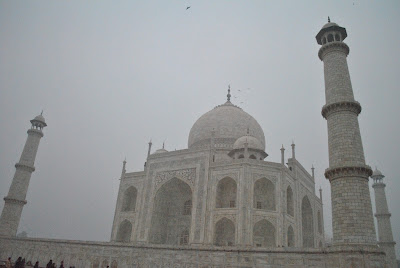Bhangarh is a place between Jaipur and Delhi in Rajasthan state of India known for its ruins. Bhangarh is also a pre-historic site.The most remarkable of its buildings are the temples of Gopinath, Shiva (Someshwar), Mangla Devi, Lavina Devi and Keshava Rai. Other buildings include shops along the main road, several havelis, a mosque, and a palace. The palace was protected by two inner fortifications across the valley. The town is separated from the plain by ramparts with five gates. The town was established in 1573 (VS 1631) during the rule of Bhagwant Das as the residence of his second son Madho Singh, the younger brother of Emperor Akbar’s general, Man Singh I. Madho Singh participated in many campaigns with his father and brother. The next ruler of Bhangarh was his son Chhatr Singh, after whose death in 1630 Bhangarh slowly declined. When the mughal empire became weaker after the death of Aurangzeb, Jai Singh II attached Bhangarh to his state by force in 1720.famine of 1783 (VS 1840) the town has remained uninhabited After this Bhangarh diminished in population, and since then its labelled haunted. - www.wikipedia.com
 |













































